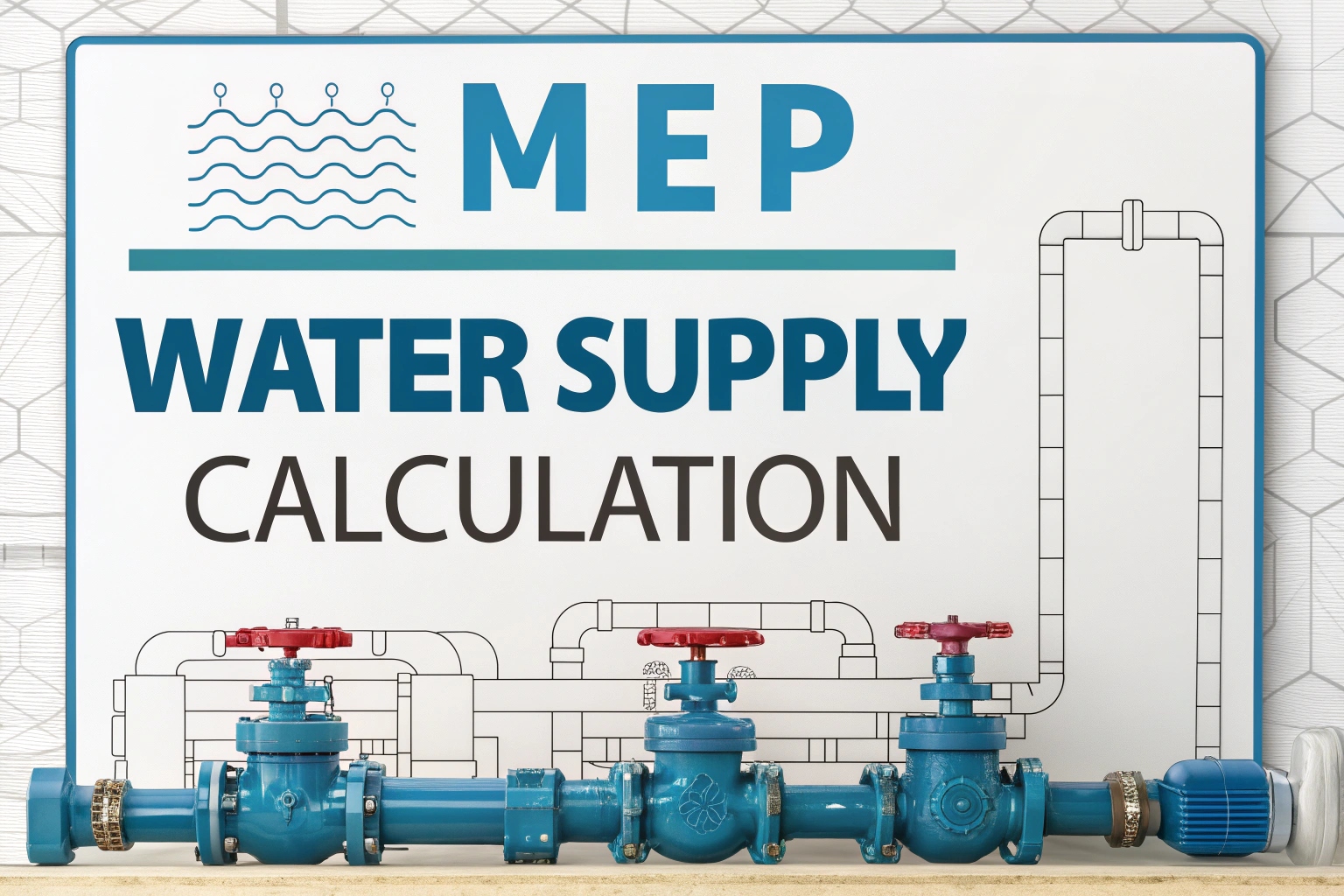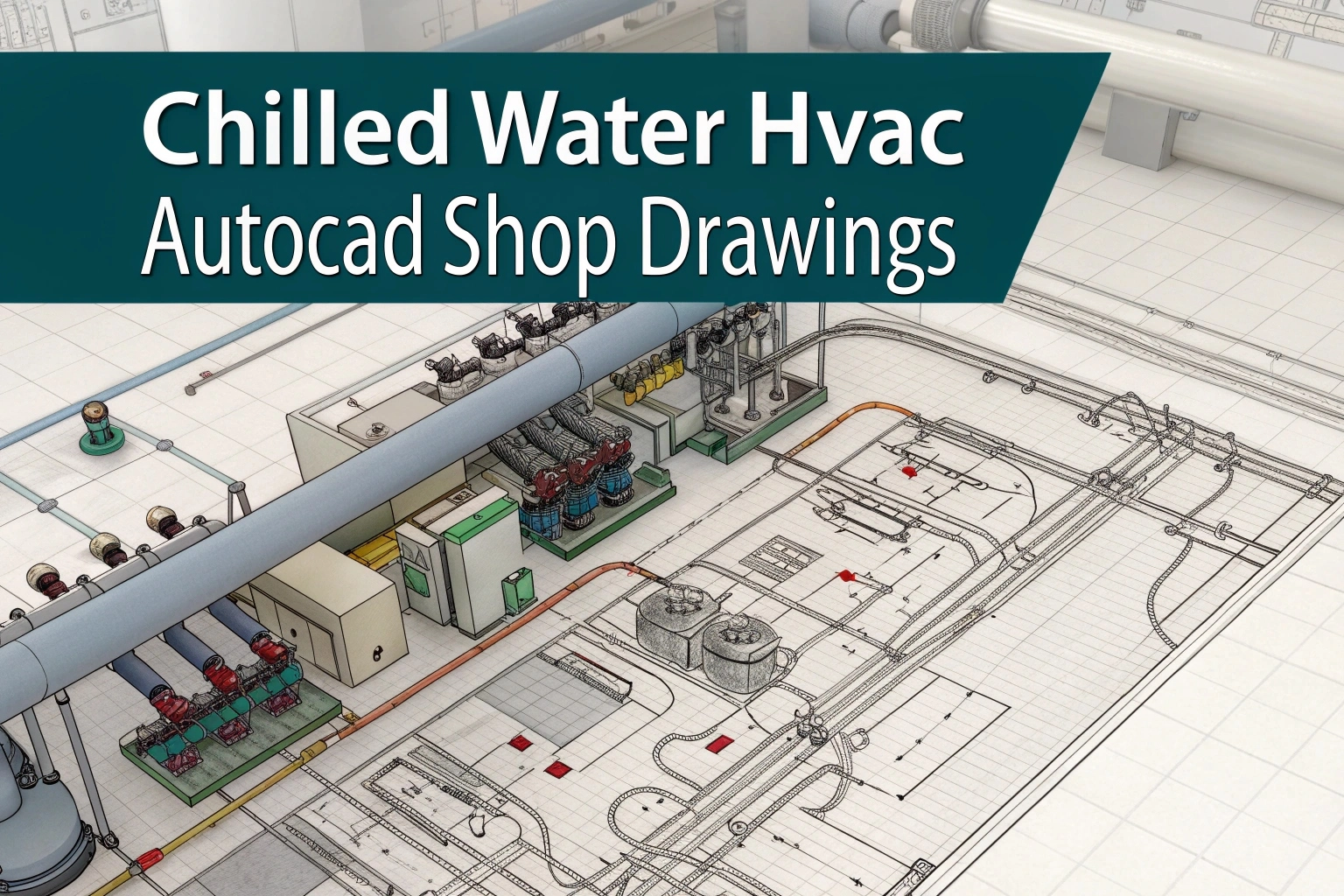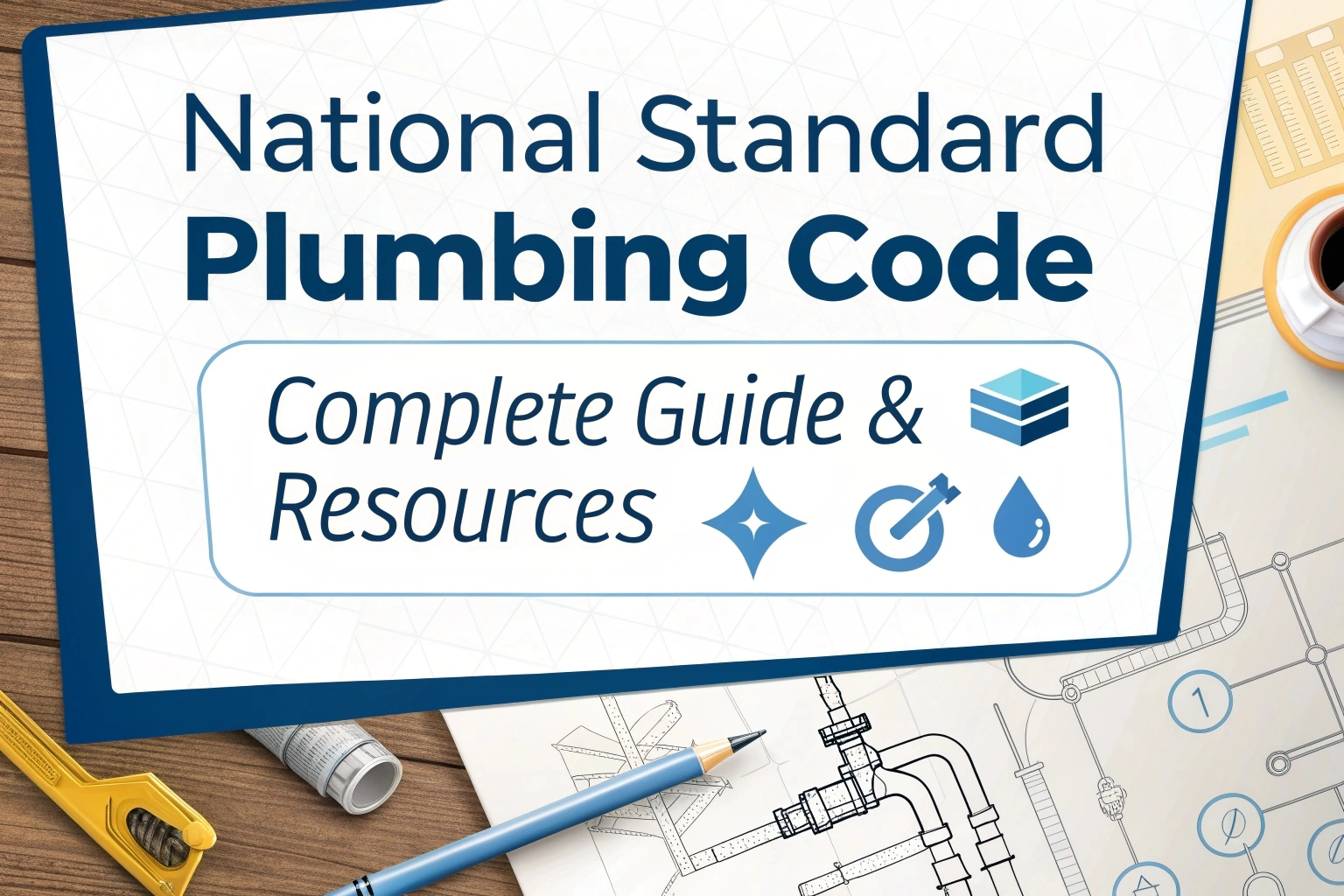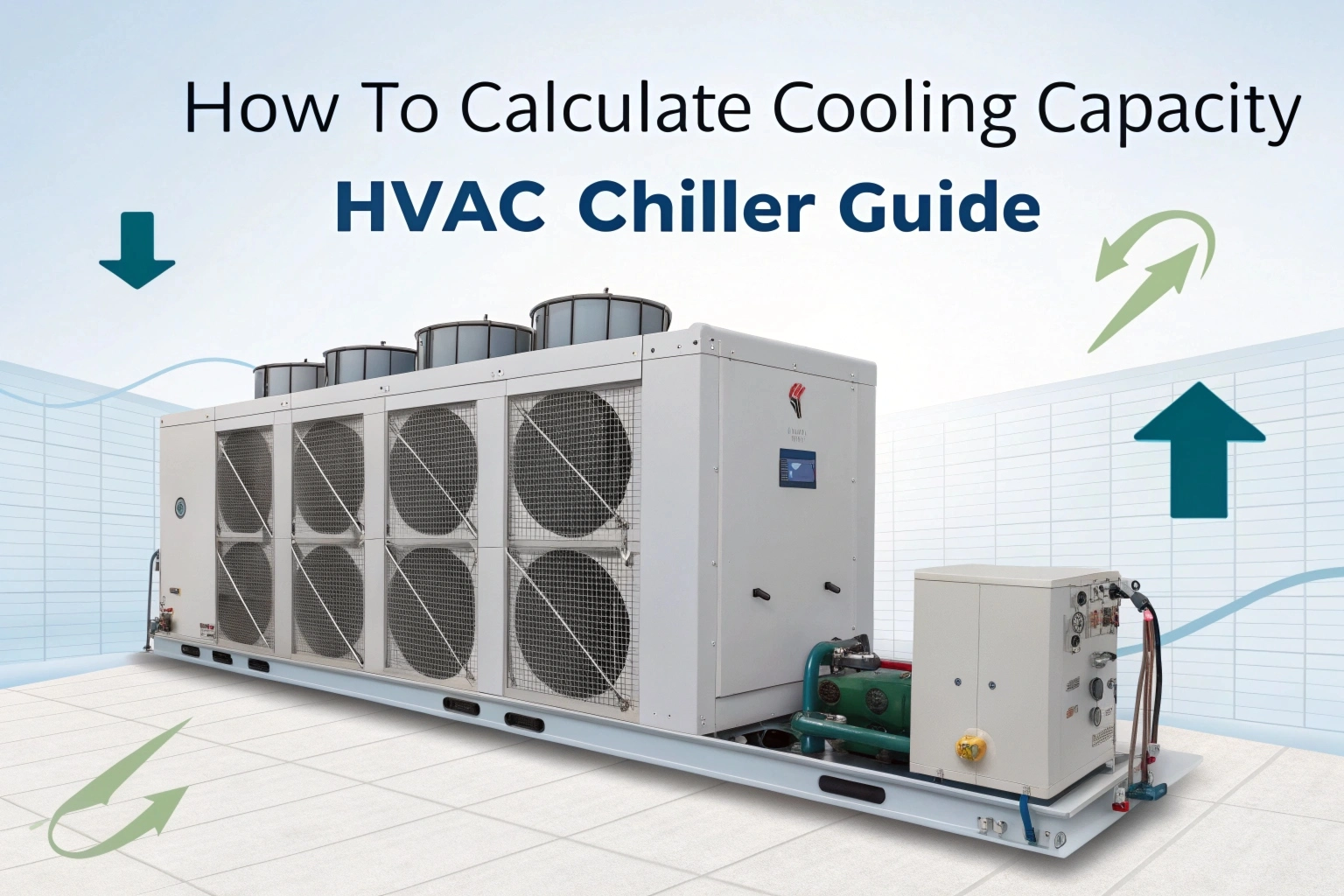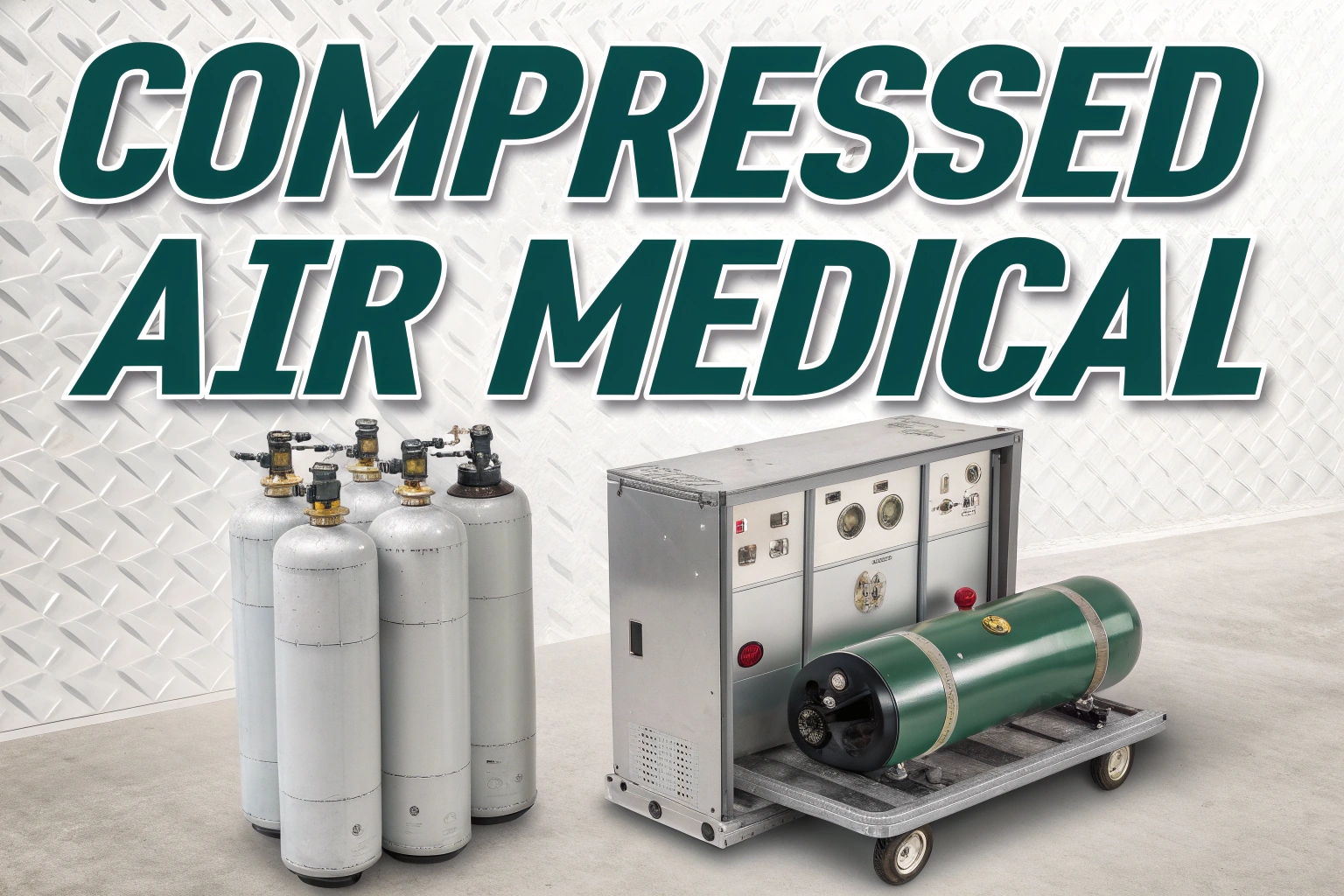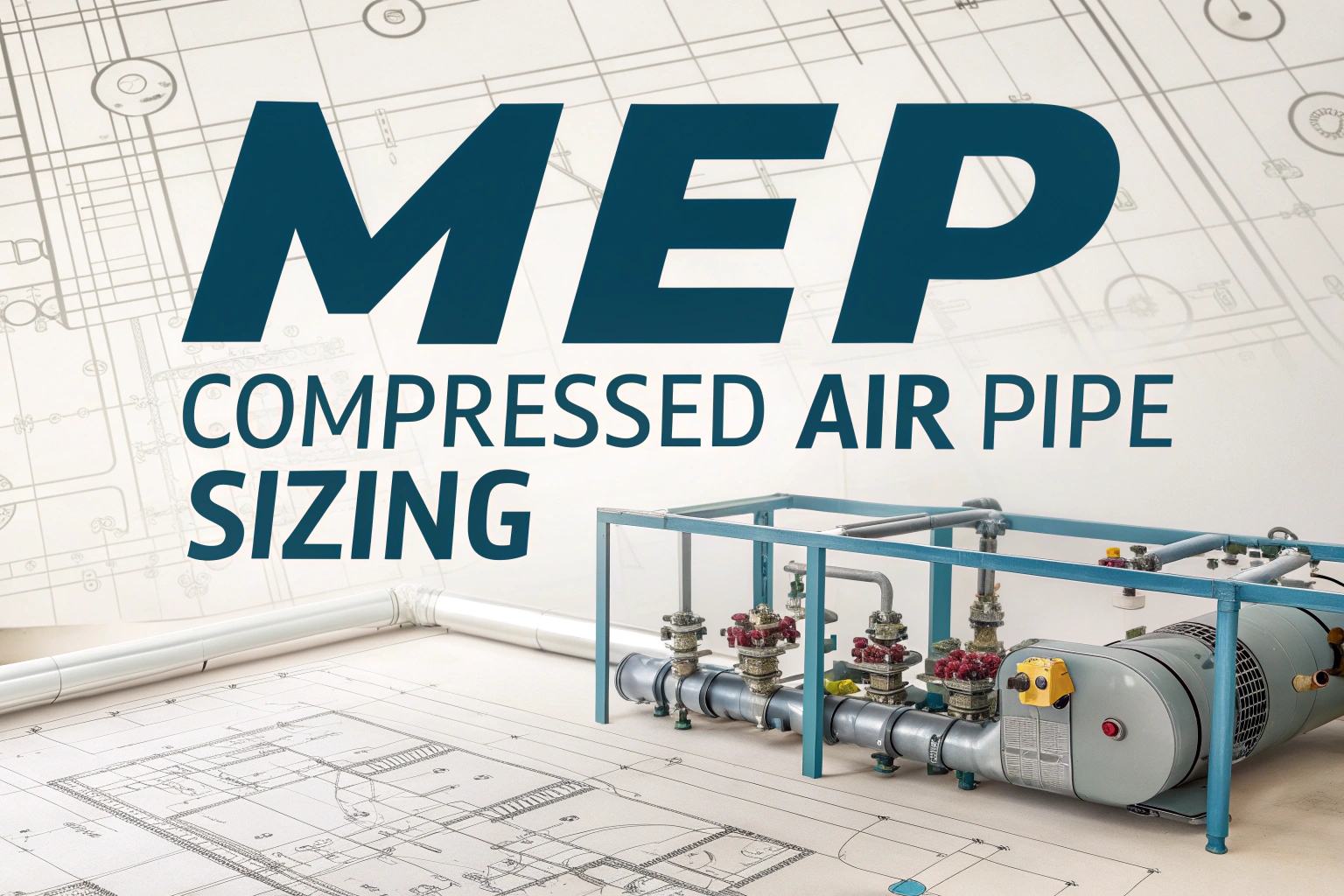Septic tank design is technique which is used to by peoples to make wastewater treatment in buildings where municipal sewage connections is not available. they makes septic system using multiple techniques one of the most common technique is proper design , good materials and installation. they Use their septic system to prevent groundwater contamination, ensures environmental compliance and reduces maintenance costs on the sites like homes, small offices etc. this is very important all over the world and still its very necessary.
Septic tank designing is technique which is used by engineers to make septic tanks. they obtains notes and considerations using multiple techniques one of the most common technique is volume sizing , compartmentalization and structural aspects. they Use their notes to make designs on the papers like best practices and technical parameters etc. this is very important for plumbers and civil engineers all over the world and still its very difficult.
Key Elements of Septic Tank Design
septic tank is technique which is used to by peoples to clean wastwater from the homes. they obtains wastwater using multiple pipes one of the most common technique is sedimentation , decomposition and bacterial prosses. they Use their tank to separate solid wast (sludge) from the liquid (effluent) and make breakdown of organic matter before releasing the treated liquid into the drain field like soil etc. this is completly necessary all over the world and still its very common.
Septic tank size is technique which is depend on how many peoples using it or how many plumbing fixtures is they have in building. they gets size between 1000-2000 gallons for one family home. they divide tank in two parts to make treatment process better. inlet and outlet pipes is positioned in such way to manage flow and how long water stay. they recommend to keep water for 24 to 48 hours so solids can separate and breakdown properly.
Important Design Considerations
- Daily sewage generation: Estimating average daily sewage discharge is essential. Residential units generally generate 80–120 liters per person per day.
- Retention time: The design must ensure a minimum retention period to allow solids to settle and scum to rise.
- Tank dimensions: The length-to-width ratio is ideally 3:1. The minimum depth should be sufficient to provide at least 1 meter of liquid retention.
- Ventilation: Proper air ventilation should be incorporated to allow gas escape and avoid pressure build up.
- Access for maintenance: Design access openings or manholes to allow for easy cleaning and inspection.
- Sludge accumulation rate: The design should include space for sludge build-up, which typically requires cleaning every 2–3 years.
Also Consider: Soak pits or leach fields must be designed with appropriate permeability to handle treated effluent without causing groundwater pollution. Soil percolation tests help determine suitability.


